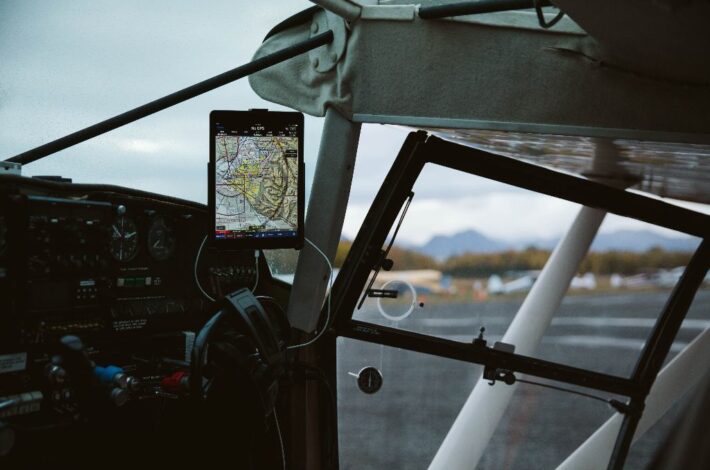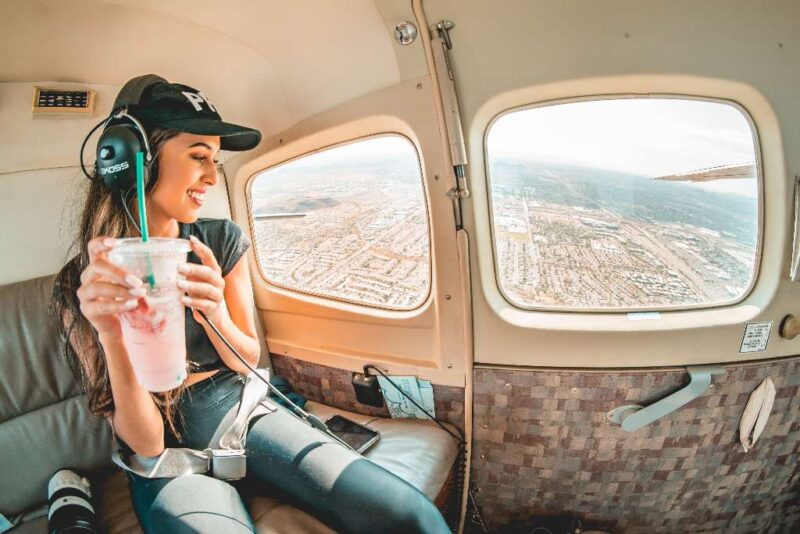
Humble Beginnings: The Dream of Flight
Long before the sound of jet engines filled the skies, humans gazed enviously at birds, dreaming of soaring through the heavens. The pages of history are filled with tales and sketches of ambitious inventors testing various flying contraptions. Leonardo da Vinci, in the 15th century, sketched a ‘flying machine’, highlighting humanity’s obsession with the skies. In the late 19th and early 20th centuries, several inventors made breakthroughs with gliders. Otto Lilienthal, known as the ‘Flying Man’, became famous for his numerous glider flights, setting the stage for the more advanced aerodynamics designs to come.
The Wright Brothers and Powered Flight
The turning point in aviation history was December 17, 1903, when Orville and Wilbur Wright achieved the first sustained powered flight in Kitty Hawk, North Carolina. The Wright Flyer, though rudimentary, utilized advanced concepts, such as three-axis control, allowing pilots to steer the aircraft effectively. The world took notice, and the race to refine and advance airplane designs commenced.
The Golden Age: Speed, War, and Jets
Following the Wright brothers’ success, aviation entered a ‘golden age’ in the 1920s and 1930s. The aviation industry saw the birth of commercial airlines, transporting mail and later, passengers, across continents. Charles Lindbergh made the first non-stop solo flight across the Atlantic, proving the incredible potential of aircraft. However, World War II profoundly impacted aviation. The necessity of war led to rapid advancements. Propeller-driven fighters gave way to jet aircraft, and the legendary Avro Lancaster and Boeing B-29 Superfortress bombers demonstrated the strategic value of air power. Post-war, these advancements were adopted into commercial aviation. The de Havilland Comet, the world’s first commercial jetliner, took to the skies in the 1950s. The age of jet-powered commercial travel had arrived.
The Modern Era: Bigger, Faster, Further
As technology advanced, so did the ambitions of aircraft designers. The Boeing 747, introduced in the 1970s, revolutionized long-haul travel with its impressive size and range. The Concorde, a supersonic passenger jet, reduced transatlantic flight times, reaching speeds exceeding Mach 2. Simultaneously, the development of more efficient engines and lightweight materials has led to a new generation of fuel-efficient planes, such as the Boeing 787 Dreamliner and Airbus A350. These planes can fly longer routes with fewer stops, changing the dynamics of international travel.

Tech Innovations: Smart Planes and Airports
The integration of technology in aviation has transformed both the flight experience and operational efficiencies. Today’s modern aircraft are equipped with cutting-edge avionics, making navigation, communication, and troubleshooting more precise and safer. The Airbus A380, for instance, boasts an advanced cockpit with electronic flight instrument systems, reducing pilot workload and increasing situational awareness. Moreover, airports around the world are becoming ‘smarter.’ Advanced air traffic management systems streamline aircraft movement, minimizing delays. Automated check-ins, biometric boarding, and baggage handling systems powered by artificial intelligence have enhanced the passenger experience, making travel more seamless and less stressful.
Green Aviation: The Pursuit of Eco-Friendly Skies
The aviation industry is under significant pressure to reduce its environmental impact. While modern jets are more fuel-efficient, the sheer volume of flights means that the sector’s greenhouse gas emissions are a concern. As a result, research into alternative, sustainable fuels is accelerating. Biofuels, derived from organic materials like algae and crops, present a potential solution. Companies like Boeing and Airbus are actively exploring these options, with some commercial flights already using a blend of conventional and biofuels. But it’s not just about fuel. The design of the planes themselves is evolving. Concepts like the “Blended Wing Body” offer a departure from the traditional tubular fuselage, aiming for improved aerodynamics and reduced fuel consumption.
Beyond the Horizon: The Next Frontier in Aviation
What lies ahead for the world of aviation? The skies seem to have no limit. Urban air mobility (UAM) is no longer a sci-fi dream, with companies like Uber and Airbus working on ‘flying taxis’ to navigate city skylines. These vertical takeoff and landing (VTOL) vehicles might soon become an essential component of urban transportation. Space tourism, another exciting frontier, is inching closer to reality. Companies like SpaceX, Blue Origin, and Virgin Galactic are in an intense race to take civilians to space. Soon, flying might not just be about hopping between continents but between planets! As technological advancements continue at breakneck speed, and as the industry adapts to global challenges, the future of aviation promises to be as thrilling as its illustrious history.
The Future: Sustainable Skies
The environmental impact of flying has become a pressing concern in recent years. As the effects of climate change become more evident, the aviation industry faces challenges to reduce its carbon footprint. The future will likely see a shift towards sustainable aviation fuels, electric planes, and perhaps even solar-powered aircraft. The journey of aviation, from the early dreams of flight to today’s vast interconnected networks, is a testament to human innovation and perseverance. As we look to the future, it’s exciting to imagine where the next evolution in flight might take us.